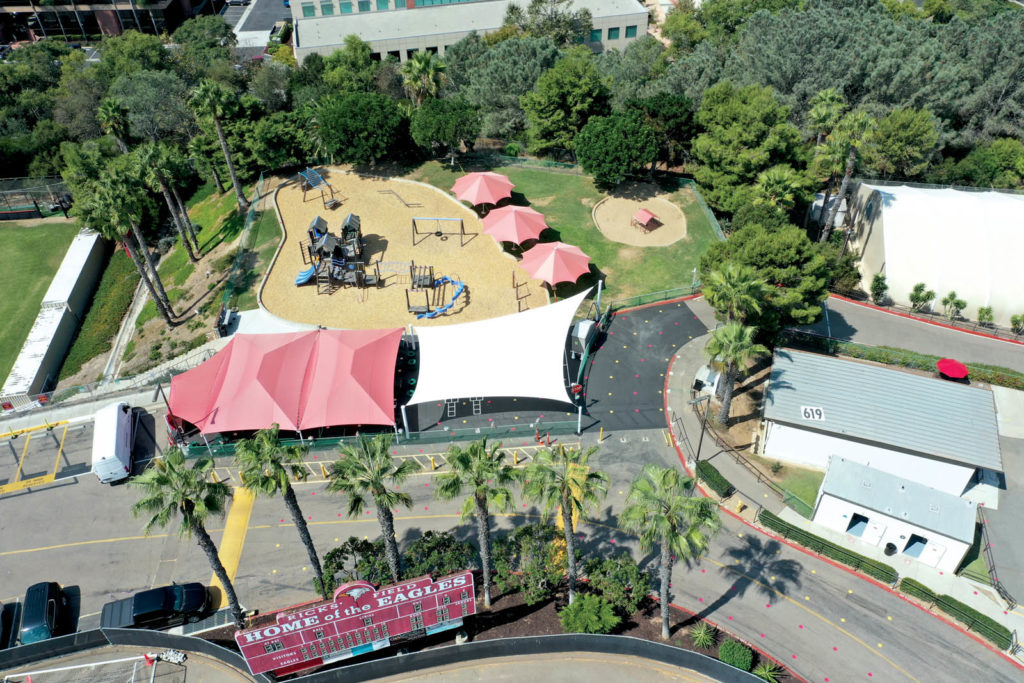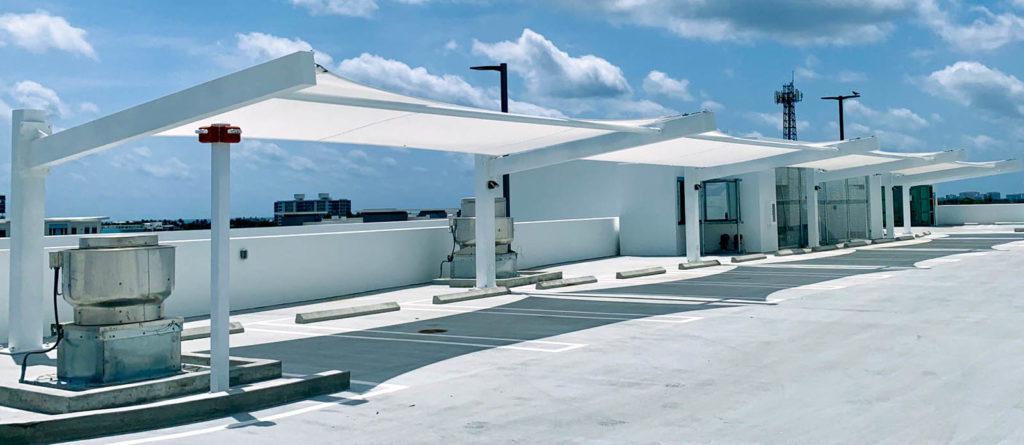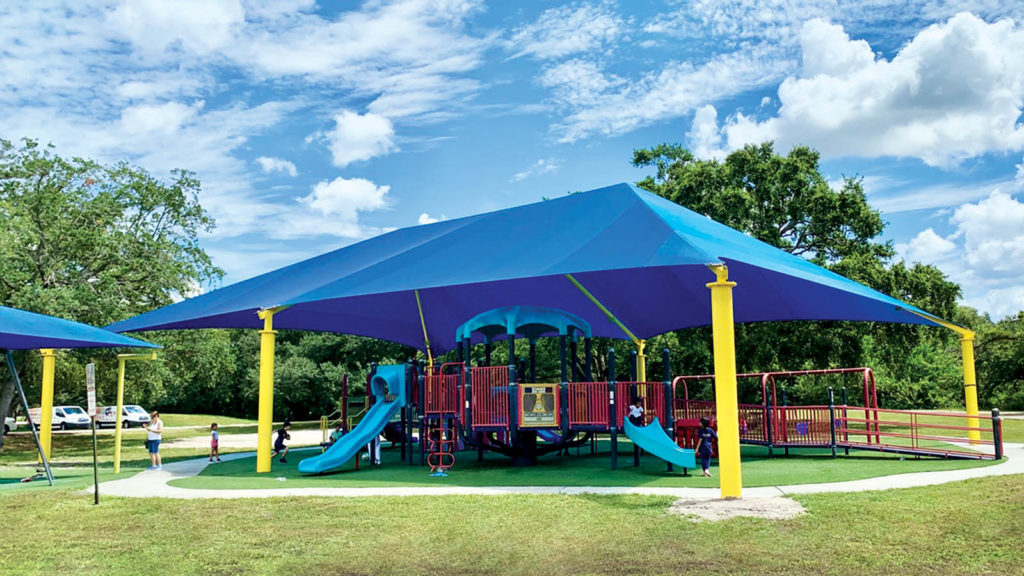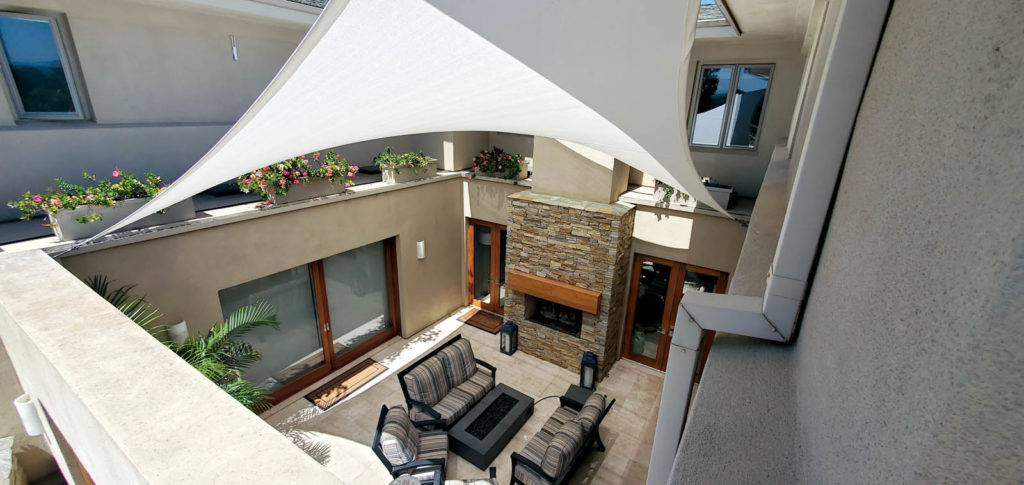The saying “sunshine is the best medicine” can be traced to public health pioneer Florence Nightingale (1820-1910), who observed the healing benefits of fresh air and direct sunlight in her patients. Since then, taking in the sun’s rays has been prescribed for a myriad of ailments, from skin rashes to depression and sleep disorders. But too much of a good thing can be… too much, and these days, even experts are divided on how much, if any, sun exposure is safe. However, certain facts are clear. Skin cancer (non-melanoma and melanoma) rates have doubled over the last 20 years and is now the most common form of cancer in the United States. The primary cause is ultraviolet (UV) radiation from sunlight.

Unsafe UV levels
Increased UV levels are generally attributed to ozone depletion. Ozone, a protective layer in the upper atmosphere around the earth, absorbs harmful UV rays. Damage to the ozone was first detected in the 1970s and has improved since the adoption of the Montreal Protocol in 1987, restricting the use of certain chemicals such as chlorofluorocarbons, but not fully rebounded. UV levels also fluctuate according to altitude, surface characteristics (i.e., grass, snow, concrete, sand) and time of day. Not surprisingly, warmer parts of the United States, such as Florida and California, tend to have higher average UV indexes, but cooler climates can also have unsafe levels of UV, particularly in the summer months or when highly reflective snow is present. It’s important to note that UV rays are present and dangerous, even on cloudy days.
For Barry Adams, owner of Norcross, Ga.-based custom awning company Peachtree Awnings and sister company Tennessee Awnings, of La Vergne, Tenn., the issue hits close to home. His father is a two-time melanoma survivor and Adams bemoans the lack of awareness on the dangers of sun exposure. “The United States is woefully behind in educating people on the harmful effects of the sun,” Adams says, adding that the sun protection measures he sees tend to happen on the far ends of the age spectrum—protecting children and the elderly. He thinks municipalities, in particular, could be doing more to protect people in public areas such as schools and parks, noting that increasing temperatures, and COVID, seem to have jump-started these kinds of projects.

First line of defense
The American Academy of Dermatology recommends shade seeking as the first line of defense—a practice that protects the skin from UV exposure while still allowing for beneficial vitamin D production. Shade is also desirable from a comfort perspective and can encourage children and adults to spend time outdoors, which is beneficial for physical and mental health. But not all shade, whether natural (the canopy of a tree) or manufactured, is created equal. One research study. “Shade as an Environmental Design Tool for Skin Cancer Prevention,” published in the American Journal of Public Health, reports that the sun-protectant effectiveness of a given structure can vary depending on several criteria, including material, size, shape and position.
Fortunately, most shade manufacturers are well-versed in the art and science of blocking the sun, though, in the United States, most respond to customers’ need for comfort versus blocking UV rays. Dennis Rushing of Industrial Shadeports Inc. agrees. The 27-year-old Fort Lauderdale, FL-based shade manufacturer has been working at nearly full capacity for the last year and a half—first to construct COVID-safe outdoor spaces for churches and schools and more recently, to install shade for a variety of customers ranging from municipalities to businesses wanting to provide more comfortable spaces for employees who work outside, for example, at an outdoor car wash. Those customers, however, are taking these measures to get relief from the heat of the sun, rather than protection from harmful rays. And while Rushing believes there is more awareness around skin cancer prevention, especially among kids who participate in school programs and are more likely to develop sun-safe practices, he attributes most of the shade demand to higher temperatures resulting from climate change and people spending more time outside during COVID. The good news, he points out, is that when Shadeports designs a structure to satisfy a customer’s need for cool shade, they’re also blocking a lot of the damaging rays.

Designing a structure for optimum protection begins by analyzing the angle of the sun. “That’s the most important consideration,” says Patrick Howe, owner of San Marcos, Calif. based Shazeebo. “It affects every part of the shade canopy design including height, size and shape. Most designers use a phone app, like Sunseeker, to figure out how much sun a site will
get and then go from there.”
Material choice and color are other important criteria that affect the level of UV protection conferred by a given shade structure. Tightly woven fabrics in dark colors will offer the most protection but there are drawbacks such as breathability and design flexibility. “When you’re using tightly woven, waterproof fabrics, you need to have a certain pitch so they don’t hold water and not all spaces will accommodate that,” says Rushing, adding that those fabrics don’t always permit airflow that can make a space more comfortable. At Shadeports, the designers primarily use Extrablock from Alnet Americas, a tight knit
high-density polyethylene (HDPE) shade fabric. Rushing says, “It has good UV protection and airflow and can be used in lots of different shade configurations.”

While shade cloth has come a long way in terms of customization and quality, there’s still room for improvement, particularly with respect to frames, structures and attachments, according to Howe. He points to one innovator, Terrashade, a Forestville, Calif., company that’s developed a free-standing, semi-portable shade device that is pre-engineered to meet building code requirements without the need for concrete footings. “The best part about the design is that it still looks like a shade sail with dramatic highs and lows using tension to form the fabric into a visually appealing shape that floats above the metal frame,” Howe says.
There’s no question that skin cancer is a serious problem in the United States—almost 20 people die from melanoma every day. Fortunately, it is also one of the most preventable. Increased awareness and protection from UV light from the sun via well-designed shade, sunscreen and protective clothing can help curb the rate and allow people to enjoy the pleasures and benefits of spending time outdoors. And the shade industry is well poised to be a trusted partner in this effort.
Laurie F. Junker is a freelance writer based in Minneapolis, Minn.
SIDEBAR: What the letters mean
UV Radiation
Part of the natural energy produced by the sun. On the electromagnetic spectrum, UV light has shorter wavelengths than visible light. Tanning beds also emit UV radiation. Two types of UV light are proven to contribute to the risk for skin cancer:
• Ultraviolet A (UVA) has a longer wavelength and is associated with skin aging.
• Ultraviolet B (UVB) has a shorter wavelength and is associated with skin burning.
While UVA and UVB rays differ in how they affect the skin, they both do harm. Unprotected exposure to UVA and UVB damages the DNA in skin cells, producing genetic defects, or mutations, that can lead to skin cancer (as well as premature aging.) These rays can also cause eye damage, including cataracts and eyelid cancers.
UV Index
The U.S. National Weather Service and the Environmental Protection Agency (EPA) have developed the UV Index which forecasts the daily strength of UV rays on any given day, on a scale from 1 to 11+.
Source: The Skin Cancer Foundation
SIDEBAR: Shade Design Considerations
Material
Shade fabrics are typically made of UV stabilized high-density polyethylene (HDPE) or polypropylene. Closer/tighter weaves offering greater protection against UV rays, ranging from 80-95% or higher. The level of UV protection can decrease if the material is wet, stretched, or in a weathered state.
Size
Larger shade structures offer greater protection because their size reduces the amount of diffuse UV coming through the sides of the structures.
Shape
An overhang or the addition of side protection panels can further reduce the amount of diffuse UV entering a shade structure.
Color
Darker colors absorb more UV rays, which prevents them from reaching the skin. Dark blue, dark red and black are the best colors for sun protection compared to lighter colors of the same fabric.
Indirect exposure
Protection varies according to the amount of UV reflected from the surrounding environment, especially the albedo (i.e., reflectivity) of the ground surface. Hard surfaces such as concrete reflect more UV than soft surfaces such as soil or grass. Lighter-colored surfaces are more reflective than darker ones.
Sources: “Shade as an Environmental Design Tool for Skin Cancer Prevention,” American Journal of Public Health, December 2018; “Sun Protection Using Shade,” The Australian Radiation Protection and Nuclear Safety Agency.
SIDEBAR: Shade Structure Grant Program
The American Academy of Dermatology provides grants of up to $8,000 each to install shade structures for nonprofit organizations and educational institutions that serve children and teens under the age of 18. Between 20-35 grants are awarded each year.
Each shade structure provides protection from dangerous ultraviolet rays, while an accompanying sign educates the public about how to protect themselves from the sun. Since its inception, the program has awarded approximately 450 shade structure grants to organizations across the country. These shade structures have collectively provided shade for more than 3.5 million individuals.
For more information, go to: www.aad.org/public/public-health/shade-structure-grants.
Source: American Academy of Dermatology
 TEXTILES.ORG
TEXTILES.ORG


